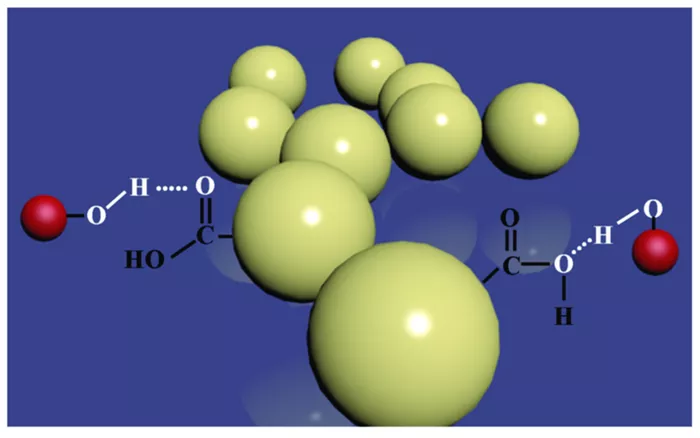Haiti’s healthcare system is undergoing a major transformation as five key hospitals, including the Justinien University Hospital, have adopted solar photovoltaic and battery storage systems. This transition to renewable energy is significantly enhancing the reliability and quality of medical services in both northern and southern parts of the country.
Justinien University Hospital, located in the historic city of Cap-Haïtien, is the largest public hospital in northern Haiti and the country’s second-largest teaching hospital. Serving over one million people, the hospital resumed full operations last December despite over a week of continuous rainfall—thanks to its new solar power infrastructure.
Dr. Tourena Kalil, the hospital’s recently appointed director, stated that renewable energy now provides 60% to 75% of the hospital’s electricity needs. “For nearly a decade, Cap-Haïtien has faced persistent power shortages. We had relied heavily on diesel generators, which are vital for hospital operations,” Kalil explained.
The pressure on regional hospitals like Justinien has surged due to limited access to metropolitan health facilities and internal population displacement. According to rapid crisis assessments, gang violence in the capital has rendered much of Port-au-Prince’s healthcare infrastructure inoperative. Of the 93 medical institutions in the metropolitan area with inpatient beds, 65 have been closed, damaged, looted, or destroyed.
Only Half of Haitians Have Access to Electricity
Haiti’s electricity sector poses a major challenge to both social and economic development, including healthcare. The latest Tracking SDG7 report reveals that national electricity access stands at just 45%, with stark disparities between urban and rural regions. Dependency on costly imported fossil fuels and inefficiencies in public utilities contribute to Haiti having one of the highest electricity rates globally—$0.35 per kilowatt-hour.
Diesel, widely used as a backup fuel, imposes a heavy financial and environmental burden. “We used to consume 120 gallons of diesel daily, spending nearly $22,000 each month,” said Dr. Agnès Bérénice Surfin Etienne, director of Justinien University Hospital. “Since the installation of the solar system, our fossil fuel usage has dropped by over 60%. We’ve reallocated those funds to improve service quality.”
Haiti’s healthcare system continues to face challenges—poor infrastructure, low service utilization, and limited community engagement—making the provision of independent energy sources to medical facilities essential.
An Innovative Approach to Expanding Access
Renewable energy technologies offer a clean, reliable, cost-effective, and sustainable alternative to fossil fuels. This is particularly impactful for healthcare and public sector facilities, where consistent power supply enhances service delivery and reduces operational costs.
A collaboration between the Ministry of Health and the Ministry of Public Works has led to the installation of solar photovoltaic and battery systems in five major hospitals across the north and south of Haiti, benefiting over 1.5 million people. “Power supply is critical because many of our medical devices require stable electricity,” said Dr. Pitherson Gauthier, director of Port Salut Community Hospital. “Today, our hospital operations rely entirely on clean energy.”
The renewable systems also mitigate the risks associated with diesel shortages, a growing concern due to insecurity in Port-au-Prince disrupting access to fuel terminals and roadways leading to both southern and northern peninsulas.
This groundbreaking initiative, completed in December 2024, was financed by the World Bank’s International Development Association (IDA). Port Salut and Camp-Perrin hospitals now operate with 100% clean energy, while Cap-Haïtien, Jacmel, and Les Cayes hospitals meet 60% to 80% of their daily energy needs through solar systems. The project was implemented by the United Nations Office for Project Services (UNOPS) in partnership with local companies responsible for ongoing technical support and maintenance.
“It’s vital that we deliver high-quality services while reducing our carbon footprint,” said Dr. Kalil. “I strongly encourage other healthcare institutions to replicate this model to enhance service delivery and minimize environmental impact.”
Given the program’s success across both health and energy sectors, two additional hospitals—Hinche and Jérémie—are set to receive similar systems, expected to supply up to 70% and 100% of their energy needs, respectively. A department warehouse at Jérémie Hospital will also be equipped with a reliable renewable system for round-the-clock power.
As this clean energy rollout continues, Haiti’s healthcare sector is positioning itself for a more resilient, environmentally conscious future.
Related Topics

































